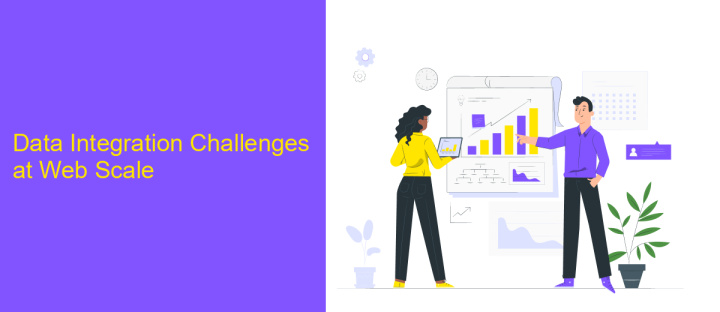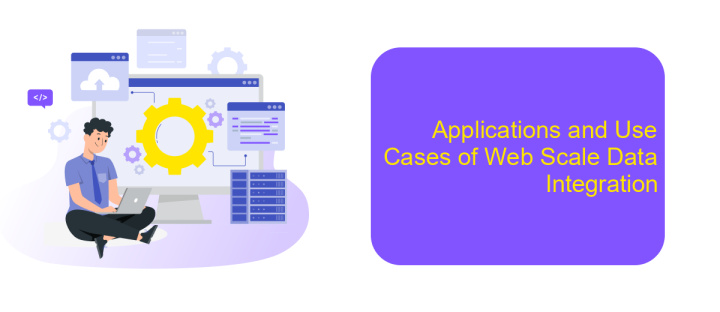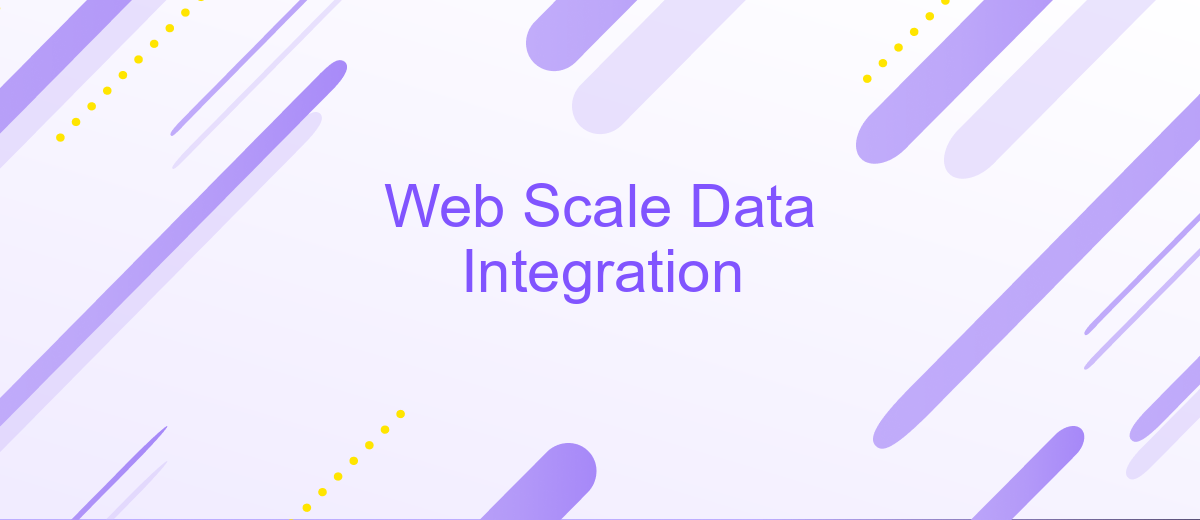Web Scale Data Integration
In today's digital era, the integration of web-scale data has become a cornerstone for businesses aiming to harness vast amounts of information from diverse sources. This process not only enhances decision-making and operational efficiency but also drives innovation. This article explores the challenges, methodologies, and benefits associated with web-scale data integration, providing insights into how organizations can effectively manage and utilize large-scale data ecosystems.
Introduction
In today's digital era, the vast amount of data generated every second presents both opportunities and challenges for businesses and researchers alike. Web scale data integration is the process of combining data from diverse sources on a massive scale, enabling more comprehensive analysis and more informed decision-making. This integration is crucial for harnessing the full potential of big data, as it allows for the seamless flow of information across various platforms and systems.
- Enhances data accuracy and consistency
- Facilitates real-time data access and analysis
- Supports scalable and flexible data management
- Enables better decision-making through comprehensive insights
- Improves collaboration across different departments and organizations
By leveraging advanced technologies and methodologies, web scale data integration addresses the complexities of handling large volumes of data from multiple sources. It plays a pivotal role in driving innovation, optimizing operations, and gaining a competitive edge in various industries. As data continues to grow exponentially, effective integration strategies will become increasingly essential for success.
Data Integration Challenges at Web Scale

Integrating data at web scale presents numerous challenges, primarily due to the vast volume, variety, and velocity of data generated. One significant issue is the heterogeneity of data sources, including databases, APIs, and file systems, which often use different formats and schemas. Ensuring data consistency and quality across these diverse sources can be complex and time-consuming. Additionally, the real-time nature of web-scale data necessitates robust and efficient data processing pipelines to handle incoming data streams without significant latency.
Another challenge is the orchestration and automation of data integration processes. Manual integration is not feasible at web scale, making automation tools essential. Services like ApiX-Drive can play a crucial role by providing automated workflows and seamless connectivity between disparate data sources. ApiX-Drive enables users to set up integrations without extensive coding, ensuring that data is synchronized and up-to-date across platforms. This not only improves efficiency but also reduces the risk of human error, making it easier to maintain data integrity and reliability at scale.
Emerging Techniques for Web Scale Data Integration

As the volume and variety of data continue to grow exponentially, emerging techniques for web-scale data integration are becoming increasingly vital. These innovative methods aim to address the challenges of integrating vast amounts of heterogeneous data from diverse sources, ensuring seamless access and usability.
- Semantic Integration: Utilizing ontologies and semantic web technologies to create a unified data model, enhancing interoperability between disparate data sources.
- Data Virtualization: Allowing real-time access to data without the need for physical data movement, by creating a virtual layer that integrates data from multiple sources.
- Machine Learning: Employing advanced algorithms to automate data mapping, transformation, and cleansing processes, significantly reducing manual efforts and errors.
- Blockchain Technology: Ensuring data integrity and security through decentralized, immutable ledgers, which facilitate trustworthy data sharing across platforms.
These emerging techniques are paving the way for more efficient and effective web-scale data integration. By leveraging these advanced methods, organizations can harness the full potential of their data assets, driving innovation and informed decision-making in an increasingly data-driven world.
Applications and Use Cases of Web Scale Data Integration

Web Scale Data Integration is a crucial technology for modern enterprises dealing with vast amounts of data from multiple sources. It enables seamless data aggregation, transformation, and analysis, providing a unified view essential for strategic decision-making. This approach is particularly valuable in industries where real-time data processing and insights are critical.
One of the most prominent applications of web scale data integration is in e-commerce, where it helps in consolidating customer data, product information, and transaction records from various platforms. This integration facilitates personalized marketing, inventory management, and enhanced customer experiences. Additionally, web scale data integration is extensively used in healthcare for integrating patient records, research data, and operational processes.
- Financial services: Risk assessment, fraud detection, and compliance monitoring.
- Telecommunications: Network optimization, customer service improvements, and predictive maintenance.
- Smart cities: Traffic management, energy distribution, and public safety enhancements.
In summary, web scale data integration is a transformative technology that supports diverse applications across various sectors. By enabling comprehensive data utilization, it drives efficiency, innovation, and competitive advantage, making it an indispensable tool for organizations aiming to leverage their data assets effectively.


Conclusion
In conclusion, the challenge of Web Scale Data Integration demands robust and scalable solutions to manage the vast and diverse data sources available online. The integration process requires not only sophisticated algorithms but also tools that can handle the dynamic nature of web data. Ensuring data quality, consistency, and real-time processing are paramount to achieving successful integration outcomes.
Services like ApiX-Drive play a pivotal role in simplifying the integration process by providing user-friendly interfaces and powerful automation capabilities. By leveraging such tools, organizations can streamline their data workflows, reduce manual intervention, and enhance overall operational efficiency. As the web continues to grow exponentially, adopting advanced integration solutions will be crucial for businesses to stay competitive and make informed decisions based on comprehensive data insights.
FAQ
What is Web Scale Data Integration?
Why is Web Scale Data Integration important?
What are the challenges associated with Web Scale Data Integration?
How can I automate Web Scale Data Integration?
What tools are available for Web Scale Data Integration?
Apix-Drive is a simple and efficient system connector that will help you automate routine tasks and optimize business processes. You can save time and money, direct these resources to more important purposes. Test ApiX-Drive and make sure that this tool will relieve your employees and after 5 minutes of settings your business will start working faster.

